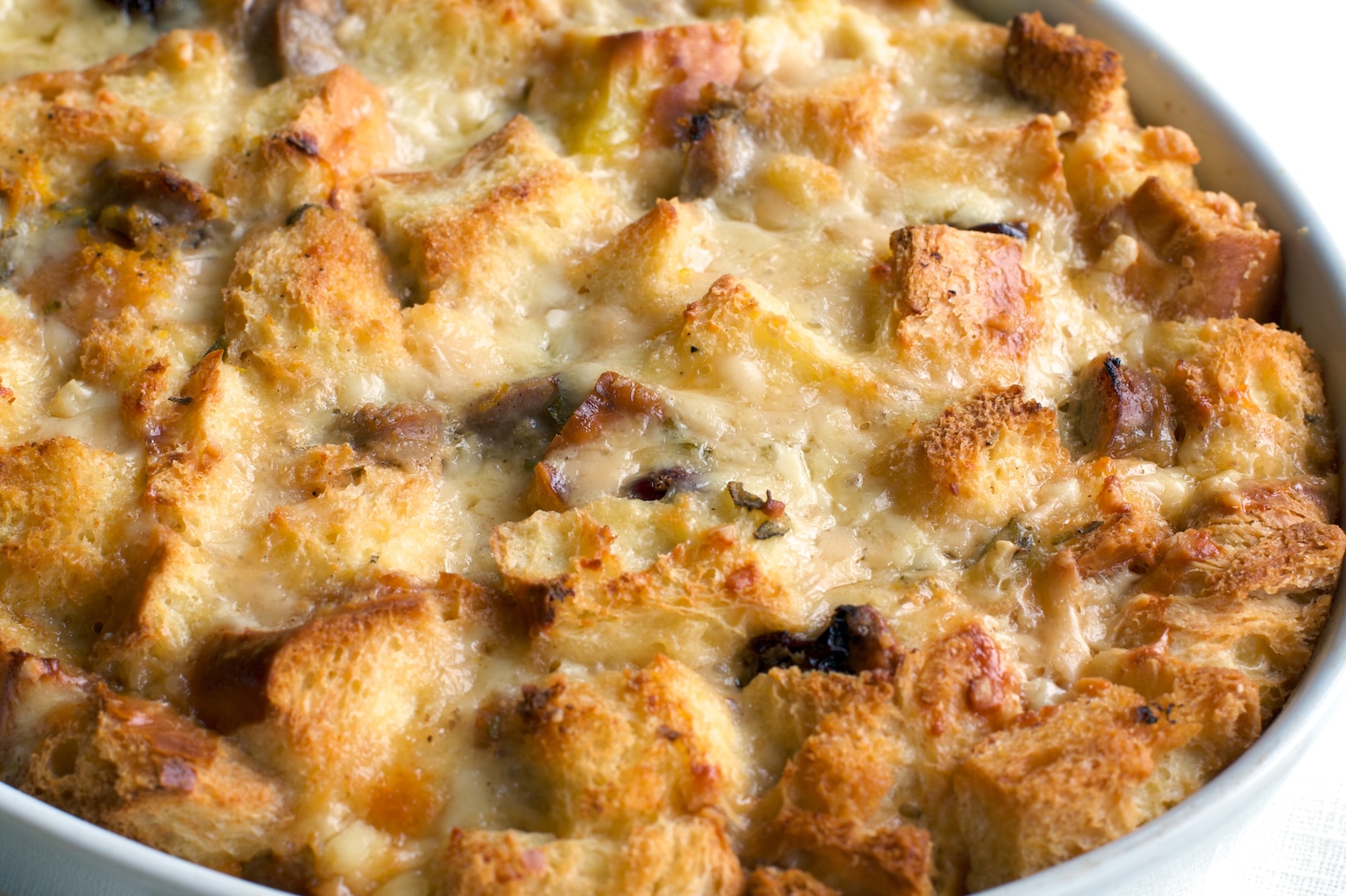The northern-hemisphere evenings are drawing in, with autumn upon us. Time, then, for a proper four-course meal, eaten at a table in a room without a television…
<strong>Potage Bonne Femme</strong>
To start, Potage Bonne Femme (a soup best not translated into English). You’ll need a medium onion, a large leek (or a couple of smaller ones), a large potato, and three or four medium carrots. A couple of pints of good chicken stock for preference or, if needs must, two or three chicken stock cubes dissolved in boiling water. Finely dice all the vegetables, melt a generous knob of butter and gently cook in a large saucepan for about 15 minutes. Next add the stock and bring to the boil, and then simmer for at least half an hour, before checking that everything is well-cooked. Purée the contents of the pan with a hand blender or, better, in a liquidiser. Season to taste, preferably using white pepper rather than black; be careful with the salt if you have used salted butter. A dash of cream might help, as might a little chopped parsley, but neither is strictly necessary.
<strong>Pig cheeks, cabbage and beans</strong>
I read somewhere the other day that pig cheeks are cheap. Can something so delicious be cheap? They are certainly inexpensive, provided you can visit a wise butcher who stocks them. For Pig Cheeks, Cabbage and Beans, I usually opt for three cheeks per person but, at a pinch, two might be sufficient. It all depends, I suppose, on how many you plan to feed. What follows will serve two generously.
In addition to six pig cheeks, you will need a medium chopped onion, a large sliced carrot, two or three crushed fat cloves of garlic, half a savoy cabbage (shredded), some dried tarragon, chilli powder (preferably Chipotle), a generous spoonful of plain flour, some dry cider, half a chicken stock cube and a tin of cannellini beans. A cast-iron casserole would be best, although of course you could resort to a frying pan and earthenware pot. Either way, pre-heat your oven to gas mark 2 / 150° fan.
Start by tidying up the pig cheeks, removing any loose bits of fat, and then fry gently in a little oil until they begin to brown. Set aside. Fry the onion, carrot and garlic in the same oil, adding a little more if necessary. When the vegetables are softened, add the shredded cabbage and stir all together. Sprinkle over it all a generous teaspoon of tarragon, another of chilli powder and a heaped dessertspoon of flour, and stir into the oil and juices.
Incorporate about ¼ pint of dry cider, and gently cook until smooth. Crumble the half stock cube into the mixture, and then add about ¼ pint of boiling water. Return the pig cheeks to the casserole and season to taste. Bring to a gentle simmer, cover and place in the oven for four hours. From time to time check the liquid level and, if necessary, add a little more cider or water as the mood takes you. At around 3-½ hours, rinse the beans and add to the casserole. Bring back to the simmer and return to the oven for the last half-hour. Serve, pausing only to garnish with a little chopped parsley, if available.
<strong>Bread and butter pudding</strong>
Time now to reclaim a proper British Bread and Butter Pudding from the gastropub vandals who have thought nothing of abusing it with panettone, hot cross buns, fruit loaves and pain au chocolat. There is even a recipe online which involves bananas and Bailey’s Irish Cream! You will need good bread, purchased from a good baker, unsalted butter, eggs, milk, sugar, dried fruit and perhaps a touch of vanilla.
Butter some slices of bread. Do not cut the crusts off – it would be a waste. Arrange them in an ovenproof dish so that they overlap each other and lean at something like 45 degrees. Mix together about half a pint of milk, preferably full cream, with a couple of egg yolks and a level tablespoon of caster sugar. A scraping of vanilla seeds straight from the pod, or a dribble of essence, would be a good addition. Pour over the buttered bread and strew a generous handful of dried fruit over the result.
Leave to soak for at least half an hour. Do not add marmalade, cinnamon or grated chocolate! A very final gentle sprinkling of caster sugar might help, after which bake in a moderate oven, gas mark 4 / 180° fan, for about half an hour, until the custard is set and the bread is crisp and golden. Serve just as it is, resisting all temptation to provide ice cream, double cream, yoghurt or Bailey’s to accompany it.
<strong>Cheese</strong>
If you have accompanied the meal thus far with red wine, be sure to move next to the cheese. This course is so personal that I hesitate to offer any advice, other than to say that St Nectaire (above) – if you can find it – verges on perfection.
<strong><strong>This article appears in the September 2024 edition of the <em>Catholic Herald</em>. To subscribe to our award-winning, thought-provoking magazine and have independent, high-calibre, counter-cultural and orthodox Catholic journalism delivered to your door anywhere in the world click <a href="https://catholicherald.co.uk/subscribe/?swcfpc=1"><mark style="background-color:rgba(0, 0, 0, 0)" class="has-inline-color has-vivid-cyan-blue-color">HERE</mark></a></strong></strong>.



